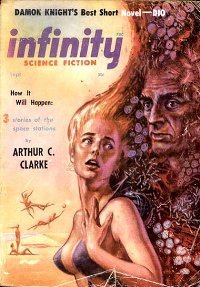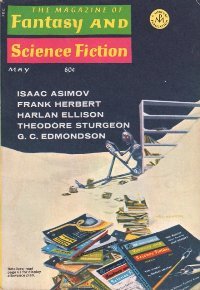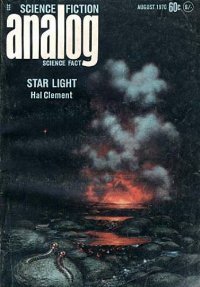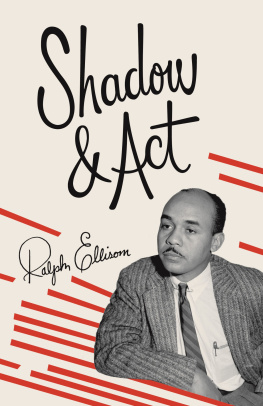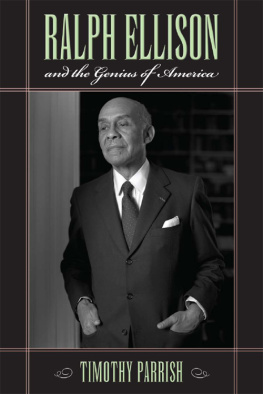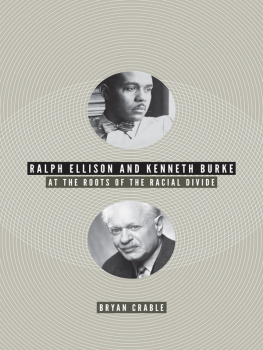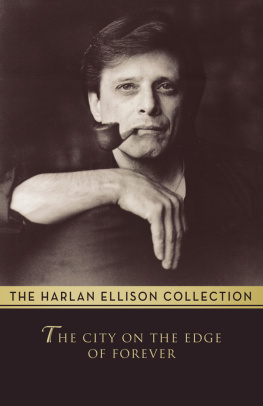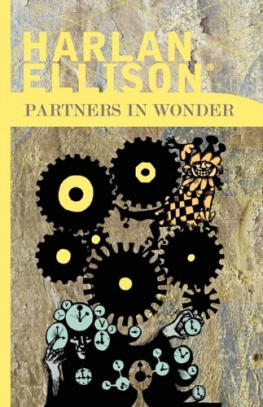
A Division of Suitt-Hunter Enterprises, LLC
598 Broadway, 3rd Floor
New York, NY 10012

A Division of Simon & Schuster, Inc.
1230 Avenue of the Americas
New York, NY 10020
www.SimonandSchuster.com
Copyright 2014 by Congressman Keith Ellison
All rights reserved, including the right to reproduce this book or portions thereof in any form whatsoever. Distributed by Gallery Books. For information, address Gallery Books Subsidiary Rights Department, 1230 Avenue of the Americas, New York, NY 10020.
First Karen Hunter Publishing/Gallery Books hardcover edition January 2014
GALLERY BOOKS and colophon are registered trademarks of Simon & Schuster, Inc.
The excerpt from the speech is reprinted by arrangement with The Heirs to the Estate of Martin Luther King Jr., c/o Writers House as agent for the proprietor, New York, New York.
The Simon & Schuster Speakers Bureau can bring authors to your live event. For more information or to book an event, contact the Simon & Schuster Speakers Bureau at 1-866-248-3049 or visit our website at www.simonspeakers.com.
Interior design by Aline Pace
Jacket design by James Perales
Jacket photograph by Carlo Rodrigo Rojas
Library of Congress Cataloging-in-Publication Data
Ellison, Keith, 1963
My country, tis of thee / Keith Ellison.
pagescm
1.Ellison, Keith, 19632.African American legislatorsBiography. 3.LegislatorsUnited StatesBiography.4.MuslimsUnited States Biography.5.United States. Congress. HouseBiography. 6.MulticulturalismUnited States.7.United StatesEthnic relations. 8.Social changeUnited States.9.United StatesSocial policy 199310.United StatesPolitics and government2009I.Title.
E901.1.E45A3 2013
328.73'092dc23
[B]
2012051565
ISBN 978-1-4516-6687-8
ISBN 978-1-4516-6689-2 (ebook)
To Mom and Dad, Clida and Leonard
C ONTENTS

Introduction

M Y C OUNTRY
It was a surprisingly cold Tuesday morning on January 20, 2009.
I sat in an area designated for members of Congress, a few feet from the podium where Barack Hussein Obama would be sworn in as Americas forty-fourth president. Before he took the oath of office, Aretha Franklin stepped up to the podium to sing My Country, Tis of Thee.
As she began to belt out that song, I forgot the cold.
Maybe I was moved by the solemnity of the moment, or maybe by the rich power of her voice (or maybe my body was numb from the cold), but my mind drifted to another thought.
It occurred to me that maybe I was witnessing Americas final step toward actually becoming that sweet land of liberty.
From the beginning, America was, as President Abraham Lincoln said in the Gettysburg Address, conceived in Liberty. Yet in 1863 when that speech was delivered, America allowed millions of human beings to be held in bondage.
I thought to myself, here we were at the heart of American libertyin front of the United States Capitol, built mostly by African American slaveswitnessing a man of African descent being sworn in as president, less than 150 years after the abolition of slavery. If anyone needed further proof of how far wed come, there I sat: a Muslim by faith, elected to the United States Congress less than ten years after 9/11.
On August 28, 1963, Dr. Martin Luther King Jr. stood at a similar podium on the opposite end of the Mall, on the steps of the Lincoln Memorial. That day he gave his famous I Have a Dream speech, marking the end of the March on Washington. Before he proclaimed, Free at last, free at last, thank God Almighty, we are free at last! and before he talked about letting freedom ring from the hills of New Hampshire to the Lookout Mountain in Tennessee, he discussed hope and faith.
He said that little black boys and little black girls would be able to join hands with little white boys and little white girls as sisters and brothers. Then he reminded both those gathered before him and all Americans that this hope of his, this faith, was rooted in the promise of America. It was written in our very Constitution.
And he recited the words to this song:
My country, tis of thee,
Sweet land of liberty,
Of thee I sing;
Land where my fathers died,
Land of the pilgrims pride,
From evry mountainside
Let freedom ring!
The lyrics to the familiar song were written in 1832 by Samuel Francis Smith, while a student at Andover-Newton Theological Seminary in Massachusetts. Every American knows this song. It embodies the essential tension of the American ideal. How fitting for Martin Luther King Jr., the great-grandson of slaves, to stand in Washington and recite those words.
And how equally fitting for Aretha Franklin, also a descendant of slaves, to sing of liberty at the swearing-in of Americas first black president.
Liberty has had to evolve. It may have been our birthright, but it wasnt always our circumstance. We had to create liberty out of a hope for liberty. Liberty needed to be established after it was declared.
Just as one relay runner hands the baton to another, weve had signal moments in our history where someone stepped up and took that baton to reach the next runner to get us to the finish lineto that ultimate goal of liberty and justice for all.
In the past, our country has struggled with racial inclusion, and it still does today. Weve righted some wrongs, too. Black people have secured full rights as citizens. Racists can try to deny those rights, but the government has laws in place to ensure that liberty is upheld.
Beyond that, its not socially acceptable for people to make racial comments or be openly racist. In 2007 radio shock jock Don Imus stirred up a tremendous backlash and ultimately was fired for referring to the Rutgers University womens basketball team as a bunch of nappy-headed hoes. A sports commentator on ESPN was fired in 2012 for referring to the Washington Redskins quarterback Robert Griffin III as a cornball brother. And that commentator was black. On the racial front, we as a nation have certainly turned a corner, even if we have many more corners to turn.
Americans have suffered from a wide variety of bigotry. At one time, Catholics were frowned upon by the majority, which is why John F. Kennedys election as president caused such a stir in 1960. Nor was it easy to be Jewish in America. Throughout the Jim Crow South, signs in front of restaurants, hotels, and theaters would read No Niggers, No Jews, No Dogs.
Those of us originally from Detroit have an unhappy hometown example. In the 1930s, Father Charles Edward Coughlin was perhaps the most influential and vocal anti-Semite in the country. This was before my time, but if you lived in Michigan, you knew of Father Coughlin. He was a Roman Catholic priest at the National Shrine of the Little Flower in Royal Oak, just outside Detroit. His Sunday afternoon radio show, The Hour of Power , carried over the CBS network, was one of the first to command a huge national audience, estimated at forty million listeners. Coughlin was the Rush Limbaugh of the Great Depression. He appealed to the common manthe white working classrailing against the Jews and defending the rise of Adolf Hitler and the Nazis in Germany. The radio priests hateful philosophy was spreading like a plague, but a few courageous leaders shone a light on his hatred, providing a beacon for good, decent Americans.


